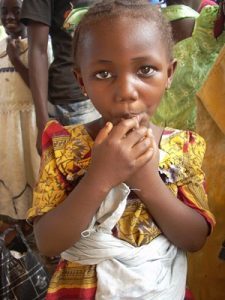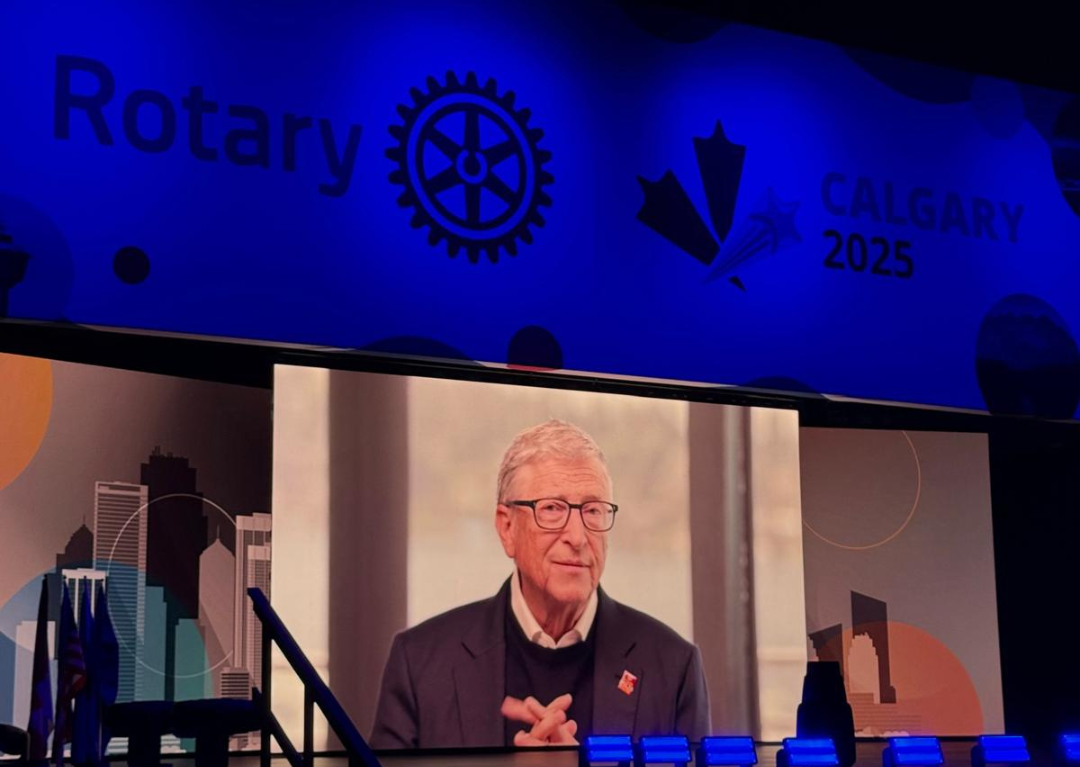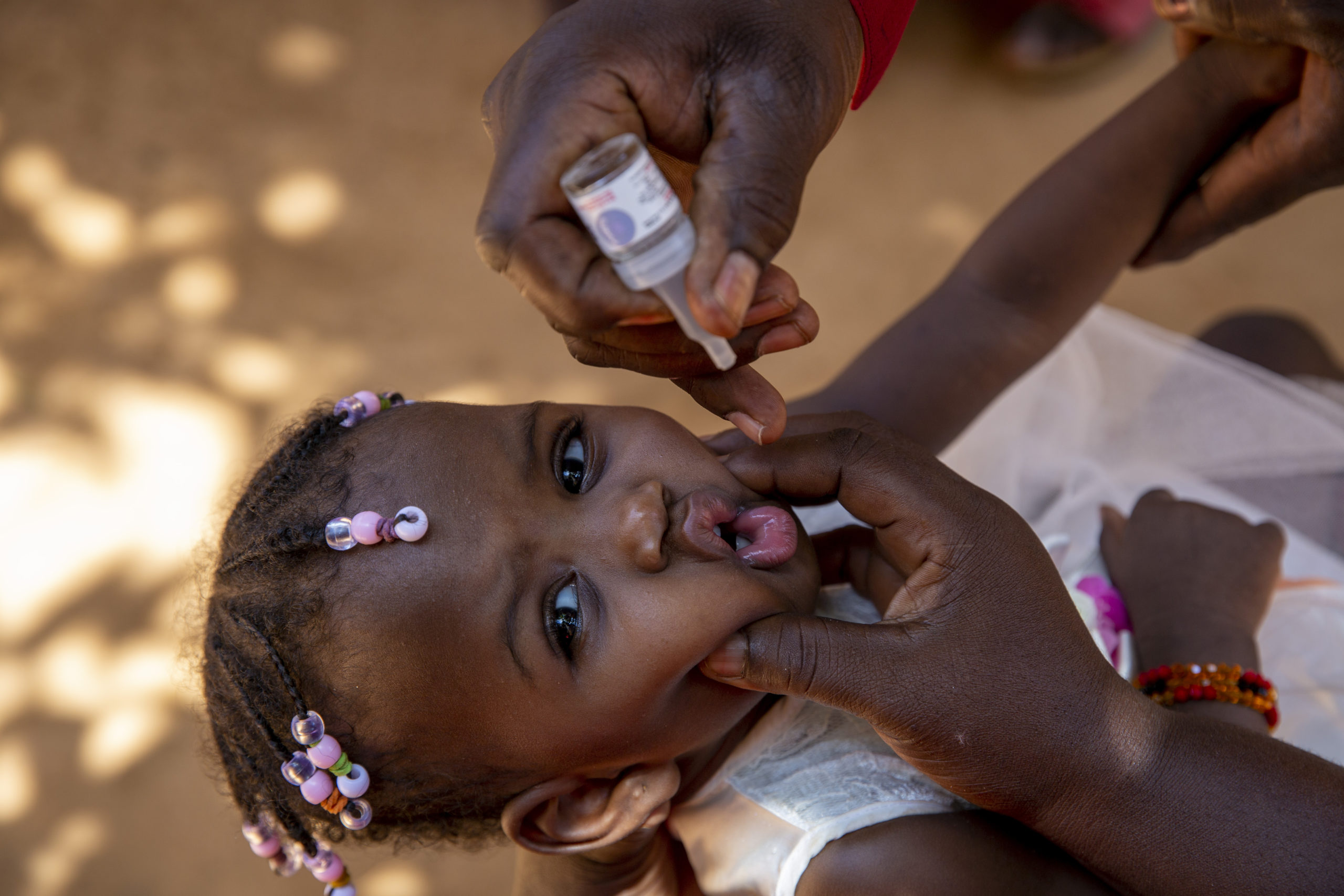 From the Development Policy Centre blog: In his earlier post on the eradication of polio, Jonathan Pryke discusses the long struggle that has led to the reducing the global burden of polio by 99% over the last 23 years. Today, Chris Maher discusses what lies ahead – the last crucial 1% that will take us to complete eradication. As is often the case with great endeavours, the last 1% is the toughest.
From the Development Policy Centre blog: In his earlier post on the eradication of polio, Jonathan Pryke discusses the long struggle that has led to the reducing the global burden of polio by 99% over the last 23 years. Today, Chris Maher discusses what lies ahead – the last crucial 1% that will take us to complete eradication. As is often the case with great endeavours, the last 1% is the toughest.
In the few remaining areas where polio survives, implementing effective public health programmes is often extremely difficult. Almost by definition, these areas have weak infrastructure, weak governance, high rates of poverty and illiteracy, and sometimes armed conflict or social unrest. To eradicate polio it is necessary to build up enough immunity in small children to choke off circulation of wild poliovirus, which means that very high proportions of children must be reached with immunization multiple times, and the constraints of operating in these areas have to be overcome in order to achieve this. Full post


